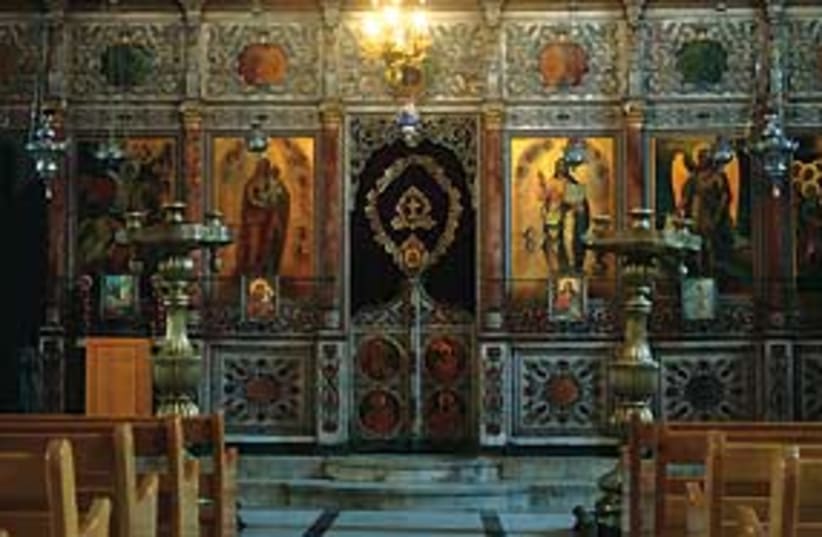“Georgiopolis,” Petah Tikva Museum of Art, until February 20, 2010.
Georgiopolis
An exhibition at the Petah Tikva Museum of Art looks at the intricate historical tapestry of the city of Lod.

“Georgiopolis,” Petah Tikva Museum of Art, until February 20, 2010.